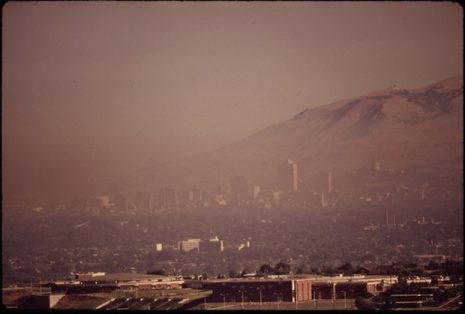On October 20, the Environmental Protection Agency (EPA) finalized its new Control Techniques Guidelines (CTGs) relating to smog forming pollution from the oil and gas industry. The CTGs are not binding and do not impose requirements directly on pollution sources, but they serve an important purpose. The CTGs provide state and local air quality agencies with recommendations to consider as they determine limits regulating sources of air emissions in their region to meet Clean Air Act standards.
The new CTGs, smog & why the new CTGs are important
The oil and gas industry is the largest industrial source of volatile organic compound (VOCs) emissions, according to the EPA. When VOCs mix with nitric oxide, NOx, they form what constitutes smog. Smog can cause respiratory issues for humans and animals and is something nobody should have to live near. As a result, it is important to have guidelines for how air quality agencies can get the oil and gas industry to cut down on smog-causing VOC emissions. Additionally, the oil and gas industry has never been regulated for causing smog, though it has caused smog conditions in places like the San Juan Basin in the Four Corners Region.
Also, in late September, the Clean Air Task Force released a report concluding that smog-forming emissions from oil and gas development were responsible for 750,000 asthma attacks. The report also discusses and documents that these emissions could lead to increased of days missed by school aged children due to respiratory issues and more asthma related emergency room visits.
The guidelines will help agencies to address smog-forming pollution caused by oil and gas that hurt people living near fossil fuel operations. Though these new CTGs may seem like a small step, they could help people directly impacted by the toxic VOC emissions from oil and gas development.

